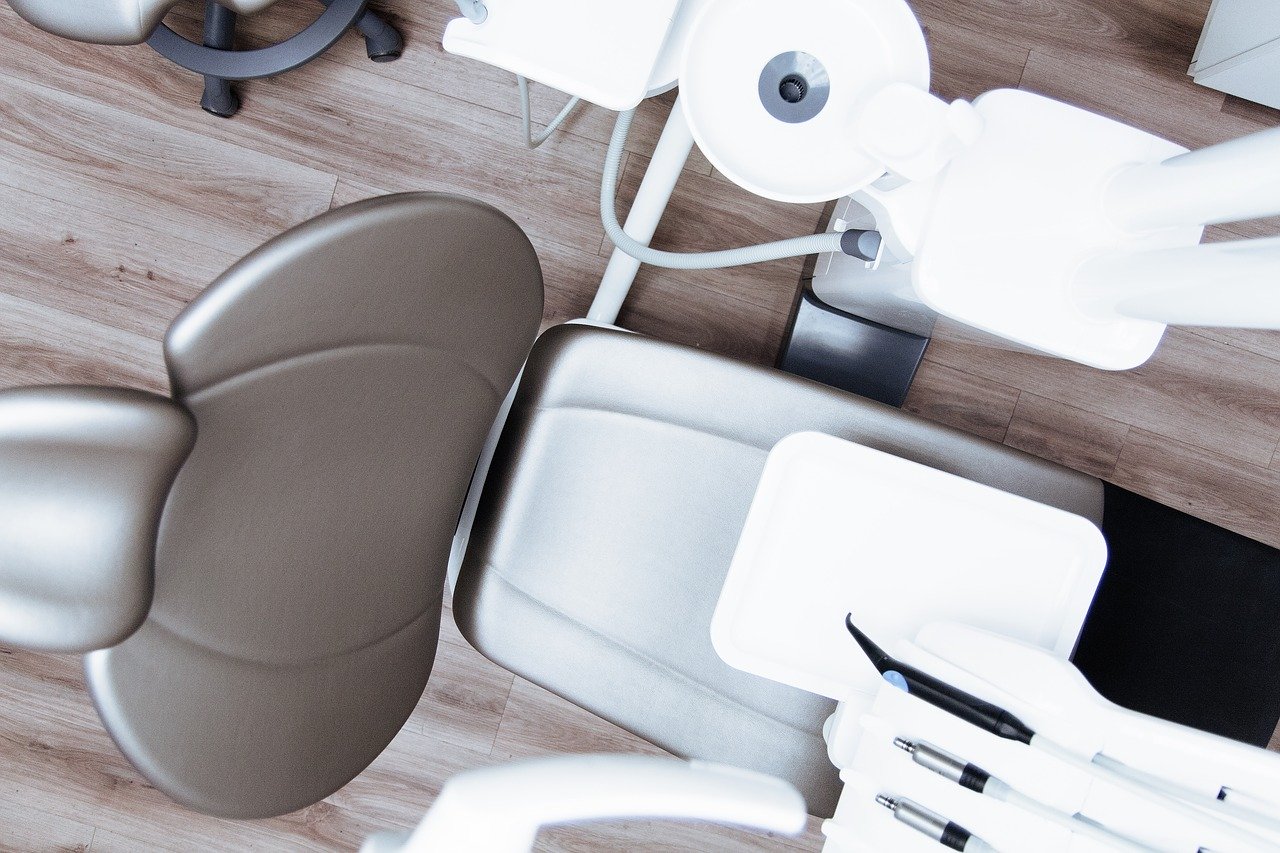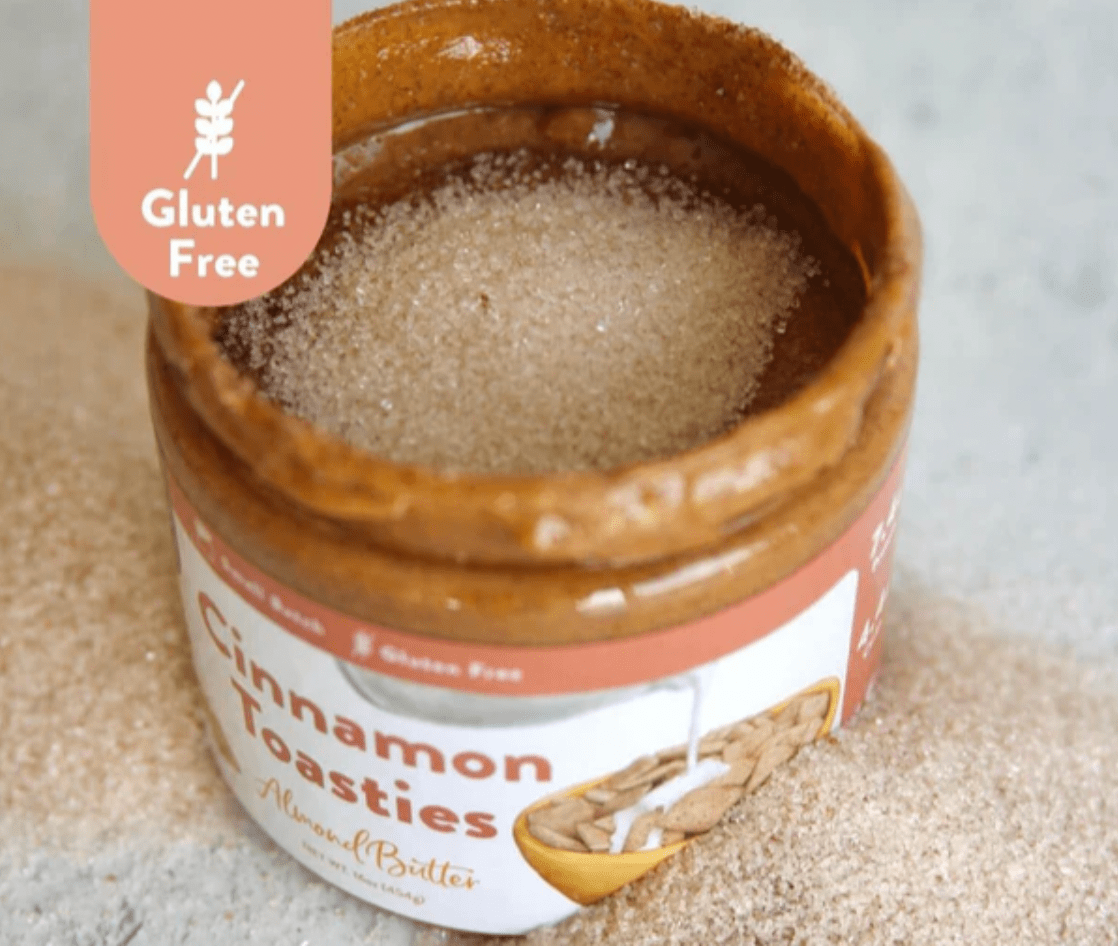Health
How Veneers Istanbul Can Enhance Your Smile

Do you feel your smile could be brighter, straighter, and more beautiful? Veneers Istanbul can help you achieve the perfect smile you’ve always wanted. When placed over the surface of your teeth, these thin shells can give them a more consistent, polished look, and Istanbul offers veneers with a unique combination of modern technology and specialized craftsmanship.
What are Veneers?
Veneers are thin pieces of porcelain that fit on top of your existing teeth. They are custom-made to match the shape and color of your teeth and come in different thicknesses to suit each patient’s needs.
Veneers can improve stained or discolored teeth, gaps between teeth, chipped or broken teeth, or even crooked or misshapen teeth. They also protect against further damage to your existing tooth structure while providing a natural-looking aesthetic enhancement.
How Can Veneers Istanbul Enhance Your Smile
Veneers Istanbul can work wonders to enhance your overall appearance. These treatments can make your smile whiter and brighter, help combat tooth discoloration brought on by aging, genetics, smoking, or drinking habits, and repair minor flaws like chips and gaps.
They can also improve malocclusion (the misalignment of the top and bottom jaws), provide an even shape along all of the teeth in the arch, and finally combine all of these features into one stunning smile that lasts.
Who is a Good Candidate for Veneers?
According to Dentakay dental consultants, before undergoing any dental procedure, you must consult with a professional dentist. Generally speaking, if you have healthy teeth and gums and no major oral health issues, you may qualify as a good candidate for dental veneers.
Considerations Before Getting Veneers
Veneers can be a terrific way to improve your smile, but there are some things you should consider before getting them. Here’s what you need to know:
1. Cost
Cost is always a significant consideration for dental care, and veneers are no exception. Prices for veneers vary, depending on the type of material and the number of teeth treated. Getting an estimate from your dentist before making any decisions is essential.
2. Type of Veneers
The other thing to consider before getting veneers is what type you want. Different materials, such as composite resin, porcelain, and pre-fabricated shells, are available. Each has pros and cons that you should research before deciding.
3. Time Commitment
Finally, it’s essential to factor in the time commitment to getting veneers. Depending on the material used, you may need multiple appointments with your dentist over an extended time for the best results. Be sure you understand how much time this will take before committing yourself!
What To Expect During the Process?
The veneer process in Istanbul typically involves three steps. The first step is to have impressions taken of your teeth. This will include taking a mold of your teeth, which your dentist will then use to create a set of custom veneers.
In the second step, your dentist will prepare your existing teeth for the veneer application by removing any excess enamel and reshaping them slightly. The third step is where your dentist secures the veneers to your teeth’ front surface. They will do this using an adhesive material, which creates a solid bond between your natural tooth and the shell.
Post-Veneer Care Tips
Good post-veneer care is essential to ensure a successful outcome from your treatment and that your smile remains brighter for longer. Here are some to help you keep your new veneers looking great:
- Brush & Floss
Taking good care of your teeth is essential, especially after getting veneers. Brushing and flossing will help protect the longevity of the veneers and keep your teeth healthy. Be sure to use a gentle, non-abrasive toothpaste or one specifically for people with sensitive gums.
- Avoid Certain Habits
When caring for your new veneers, avoiding certain habits that can cause damage or wear down the veneer material is essential. Avoid chewing on hard objects like ice or hard candy, which can chip or damage the veneers. Also, refrain from biting fingernails since this can chip or damage the material over time.
- Eat Soft Foods
For a few weeks following treatment, it’s best to stick with soft foods like mashed potatoes and soup, as these are easier on newly placed restorations like veneers. Avoiding harder foods may reduce discomfort when chewing in the early days following treatment.
- Watch What You Eat & Drink
Be careful what you eat and drink when you get new veneers since some things might discolor or stain them over time. Limit darkly colored beverages like coffee and tea and acidic foods such as pickles, citrus fruits, and vinegar-based sauces, which can weaken enamel over time, causing it to become more prone to decay.
- Visit Your Dentist Regularly
Regular dental checkups are vital for maintaining healthy veneers and oral health. During your visit, your dentist can clean any tartar buildup that’s developed around the edges of the veneers and check for chips or other signs of wear and tear that need attention. It is also essential to inform your dentist if you have had any recent dental work, such as crowns or bridges placed near adjacent teeth – as this could affect how well your veneers fit.
Conclusion
Finding an affordable and reliable way to enhance your smile can be challenging, but with Veneers Istanbul, you can have the perfect smile without breaking the bank. You can get the ideal smile quickly with the best range of veneers that seem natural and second to none.
Whether you’re looking to get a stunning new smile or give your existing one a little boost, Veneers Istanbul is the perfect choice for anyone looking to get beautiful results.
Health
Snack Smarter: The Rise of Low-Calorie Almond Butter for Active Lifestyles

The snack aisle is shifting. For those who balance a busy life with a commitment to health and fitness, the rise of low-calorie almond butter offers a new way to snack smarter. American Dream Nut Butter is at the center of this change, blending clean ingredients with dessert-inspired flavors and added protein to create almond butter that is both nutritious and enjoyable.
Why Almond Nut Butter Is Key to Clean Eating
As consumers become more mindful of their food choices, the spotlight is increasingly on nutrient-dense snacks that provide sustained energy without excess calories. Almond butter, especially in low-calorie varieties, meets this demand by offering a rich source of healthy fats, fiber, and protein in a compact form. Compared to traditional spreads, such as peanut butter, almond butter often provides a smoother, lighter alternative with a different nutritional profile.
For those who track macros or embrace meal prepping, almond nut butter fits neatly into their plans. Its balance of fats and protein supports satiety, helping to keep hunger at bay between meals or during workouts. American Dream Nut Butter elevates this concept with high-protein options that blend the wholesome qualities of almonds with a subtle sweetness inspired by classic desserts.
How Much Protein is in Low Calorie Almond Butter for High Performance?
One common question around almond butter is: how much protein does almond butter contain? While natural almond butter provides a moderate protein boost, American Dream Nut Butter takes it a step further by creating blends that enhance protein content without relying on artificial sweeteners or fillers. This approach suits those seeking fuel for recovery or sustained energy throughout their day.
These protein-enhanced almond butters can work as a pre-workout snack, a post-exercise treat, or simply as a midday pick-me-up that aligns with a health-conscious lifestyle. The brand’s small-batch production method ensures each jar maintains a fresh, creamy texture that spreads easily or drizzles beautifully over everything from oatmeal to fruit.
Buy Almond Butter: Unique Flavors from American Dream

American Dream Nut Butter distinguishes itself with unique flavor profiles, such as Cinnamon Toasties and Cookie Batter. These offerings embrace the idea that healthful snacks can still delight the palate, using clean, natural ingredients to create indulgent taste experiences without sugar bombs or artificial additives. Each batch is hand-whipped in-house, reflecting the brand’s commitment to quality and care.
Their dedication to natural flavors and nutrient density allows consumers to enjoy a dessert-inspired snack while keeping their wellness goals intact. Whether you’re looking to buy almond butter that tastes like a treat or are curious where you can find almond butter crafted with both nutrition and flavor in mind, American Dream Nut Butter offers an accessible option.
Almond Nut Butter: Fuel for Athletes and Busy Parents
Almond butter’s versatility makes it appealing for a wide range of active lifestyles. For athletes, it provides a balanced blend of nutrients that supports energy and recovery without unwanted additives. For busy parents or professionals juggling multiple demands, it’s a convenient, clean snack that fits into hectic schedules without compromise.
The brand’s YouTube channel offers video insight into how these nut butters are crafted, revealing the hands-on process that ensures quality in every jar. By choosing American Dream Nut Butter, consumers support a product that embodies family values and a personal story of overcoming dietary challenges to create wholesome alternatives that everyone can enjoy.
Where Can You Find the Best Almond Butter & More? The Future Is Here
The growing interest in low-calorie nut butter reflects a broader shift in how people approach snacking—valuing nutrition, flavor, and mindful eating in equal measure. American Dream Nut Butter’s approach, which combines protein-rich formulas with all-natural ingredients and enticing flavors, shows how almond butter, peanut butter, and cashew butter can evolve from a niche health food into a daily staple for those who want to snack smarter.
For more on the evolving nut butter market and how it aligns with fitness trends, check out this feature on the rise of healthy high-protein nut butter. To explore American Dream Nut Butter’s full collection and shop their almond butter selections, visit their website.
American Dream Nut Butter invites you to experience healthy nut butters that strikes a balance between enjoyment and mindful nutrition—perfect fuel for active days and wellness routines alike.
*Images sourced from American Dream Nut Butter
-

 Tech4 years ago
Tech4 years agoEffuel Reviews (2021) – Effuel ECO OBD2 Saves Fuel, and Reduce Gas Cost? Effuel Customer Reviews
-

 Tech6 years ago
Tech6 years agoBosch Power Tools India Launches ‘Cordless Matlab Bosch’ Campaign to Demonstrate the Power of Cordless
-

 Lifestyle6 years ago
Lifestyle6 years agoCatholic Cases App brings Church’s Moral Teachings to Androids and iPhones
-

 Lifestyle4 years ago
Lifestyle4 years agoEast Side Hype x Billionaire Boys Club. Hottest New Streetwear Releases in Utah.
-

 Tech7 years ago
Tech7 years agoCloud Buyers & Investors to Profit in the Future
-

 Lifestyle5 years ago
Lifestyle5 years agoThe Midas of Cosmetic Dermatology: Dr. Simon Ourian
-

 Health6 years ago
Health6 years agoCBDistillery Review: Is it a scam?
-

 Entertainment6 years ago
Entertainment6 years agoAvengers Endgame now Available on 123Movies for Download & Streaming for Free
